For many of you, especially if you are a low-carb beginner, will be shocked to see how many carbs are in everyday foods. Read on to learn how to cut back, how to start, and what to enjoy.
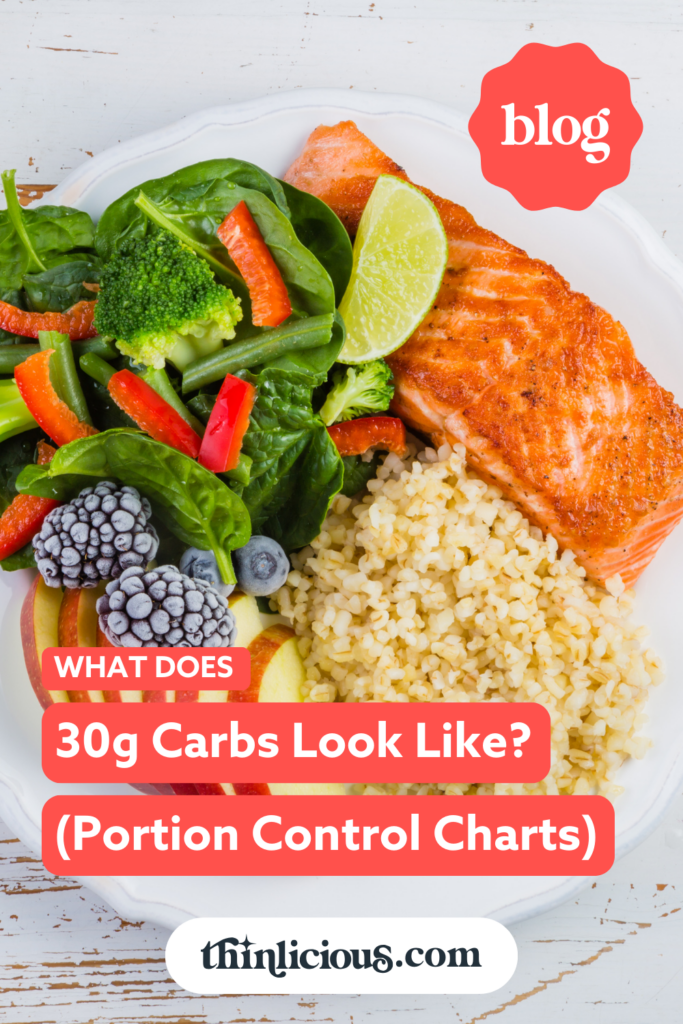
How to spot carbs in my food?
It can be tricky when starting your low carb diet or keto diet to know how many carbs to have each day, what your macros should be, and what are keto portion sizes.
Once you can see these carb charts, it makes it easy to stop unnecessary carbs and added sugars. Knowing where your carbs in food are coming from, will help to stop the carb creep which is a common reason why you’re not losing weight.
Is 30g carbs a day OK?
How many carbs should YOU be enjoying each day?
Are you ready to create the ultimate 12-month blueprint for reaching your health & weight loss goals this coming year?

Our free on-demand video training will walk you through how to make 2024 THE year you set health goals…and keep them.
Everyone will have their own carb tolerance. This depends on how metabolic healthy you are, how much weight you have to lose, how many carbs and sugar you currently consume, and other health issues you may have.
What does life look like for you right now? Are you hooked on junk food and sugar? Are you insulin resistant? If yes, then you may want to go stepwise and begin by simply reducing your carbs, to begin with.
How many carbs per day should I have?
Your carb tolerance and daily carb limit will depend on your health conditions and health goals. Those of you who are overweight and have blood sugar control issues may want to have a different level of carbohydrate restriction to those who are in the healthy weight range, active, and are insulin sensitive.
There are no official guidelines, but most consider these three levels of low-carb and their carb limits.
- MODERATE LOW-CARB – less than 100g net carbs per day – even reducing carbs (especially ultra-processed junk carbs) has many health benefits.
- LOW-CARB – less than 50g net carbs per day – a good place for most people to aim for
- KETO – less than 20g net carbs per day – for those who want to really harness the health benefits of restricting carbs even further
Is going keto better than low-carb?
Many people assume the lower your daily carb intake, the faster your weight loss and it’s a faster way to drop a dress size.
You have to choose a level of carb restriction that is healthy and sustainable for you in the long term.
There is no point in going strict with keto if this is day one for you and you generally consume a high sugar diet. You are likely to constantly go back to old habits and have cheat meals and start yo-you dieting again.
The trick that I teach my Ditch The Carbs PRO members, is to find a carb limit that works for you and is sustainable every single day. And I teach you how to go stepwise, every single week.
Simply start by reducing the worst area of carbs such as high sugar drinks, cakes, and candy, then slowly remove bread, pasta, rice, and French fries.
It’s better to have a slow and steady weight loss than lose and gain the same 5lb every month.
Why are some carbs bad? (sugar charts)
Once you understand that ALL digestible carbohydrates (not insoluble fiber) are turned into sugar in the blood, you will realize how many daily foods – yes, even the healthy whole grains – impact our sugar levels which results in many of us having chronic high blood sugars without realizing it.
If you have ever wondered what everyday foods do to your blood sugars, just take a look at the sugar charts.
You probably understand that sugar and candy raise blood sugars, but what about whole grain bread? Porridge? Brown rice? Oats?
And fruit is a wonderful alternative to candy, but always count the sugars as part of your daily allowance. Whole fruit, especially high sugar fruit such as tropical fruit, grapes, and bananas will all raise blood sugars and leave you craving for more.
The humble breakfast is more like sweet sugary desserts. When you see how much a bowl of cocoa pops, cornflakes, or porridge will raise your blood glucose, you may want some healthier sugar-free and low-carb breakfast recipes instead.

Spoiler alert, even wholegrain, rye, brown, or wholemeal bread all raises blood sugars. Instead, you could make a simple almond flour bread, coconut flour bread, or cheesy keto garlic bread.
All are low-carb, gluten-free, and simple to make.
Photo credits, used with permission: PHCUK
What does 30g of carbs look like?
When you realize how high carb so many foods are, you can easily see which foods to avoid, and which foods are better to enjoy. The first step is to remove unnecessary carbs such as sugary drinks, candy, chocolate, cakes, bread, rice, and pasta.
Who wants 0.8 of a pancake or 1.8 dates (which are sugar bombs BTW) when instead you could have an entire meal that is nutrient-rich and full of high protein and healthy fats?
Now, I’m not saying you would want to eat 69 cups of spinach, but these handy charts showing you what 30 grams of carbs look like are simply to guide to help you to make better choices and better portion control.
The high-carb junk food shown has almost no nutritional value plus the empty calories crowd out real food and add to the chronic high blood sugars that so many people live with day in, day out.
Now look at the nutrient-dense low-carb foods along the bottom row, and you can easily see how you could have a filling nutritious meal AND stable blood sugars. Each meal you enjoy that is low-carb nutrient-dense, crowds out the junk food from your day.
How to start low-carb (for beginners)
After seeing the images above, and realizing how high-carb everyday foods are, you may be contemplating starting low-carb.
My advice is always to start slowly. Cut out the most obvious places that sugar and carb lurk and the worst offending items.
It may seem like a daunting task when you begin, but each little step brings you closer to living on real food, whole food, and unprocessed food that is lower in carbs.
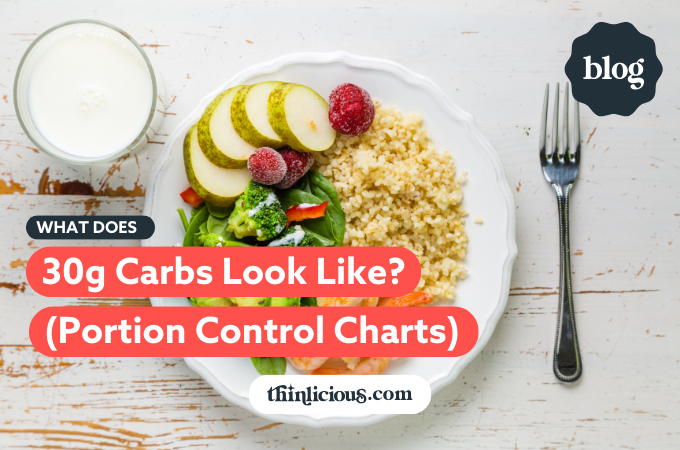
People also ask
Each of these diets can be healthy if you reduce the amount of carbs to achieve stable blood glucose levels and only eat healthy carbs such as vegetables, low-sugar fruits, nuts, seeds, and dairy.
Any diet will be healthy if you reduce the carbohydrate content to your own tolerance level, improve insulin sensitivity, and remain at healthy body weight.
Any diet can be healthy if you only eat real foods, whole foods, avoid junk food, and stop junk snack foods.
The ketogenic diet guidelines recommend eating 20 grams of net carbs to reach nutritional ketosis.
The low-fat guidelines recommend eating lean protein, and low-fat dairy but don’t focus on grams of total carbohydrates. The low-fat diet generally has a higher carb intake because it encourages plenty of low-fat, but high-carb food choices such as plenty of fruits, low-fat snack bars, white bread, wholemeal bread, pasta, rice, and other starchy vegetables (such as sweet potato) which can raise blood sugar levels.
The glycemic index can be misleading because it only represents how slowly a food may raise your blood sugars. It does not reflect the total carb load of food or the total number of carbs.
Reducing the amount of carbohydrate in your daily diet while still getting important nutrients from high-protein meat, healthy fats, and full-fat dairy products is a healthy way to eat no matter which dietary guidelines you follow.
If you want to count total calories, remember that calories from fat protein and carbohydrates affect your hormones, sugar levels, and ability to burn fat or store fat. So do not swap 100 calories of protein for 100 calories from a candy bar.
The amount of carbohydrates you can tolerate is determined by your individual needs – insulin resistance, overweight, underweight, and are you an active person?
The general idea is to stick to an eating plan that improves and maintains your health and blood pressure, gives you all the essential nutrients, reduces glycogen stores, and lowers your risk factor for diseases such as heart disease.
Get our FREE guide to finally fix your metabolism!
Losing weight & getting healthy is never easy, but lately you might feel like it’s suddenly become impossible.
Our Flip the Switch guide will help you clearly understand what’s been going on, as well as exactly what you can do to get your metabolism working again so that you can look and feel your best—it’s easier and more simple than you think!
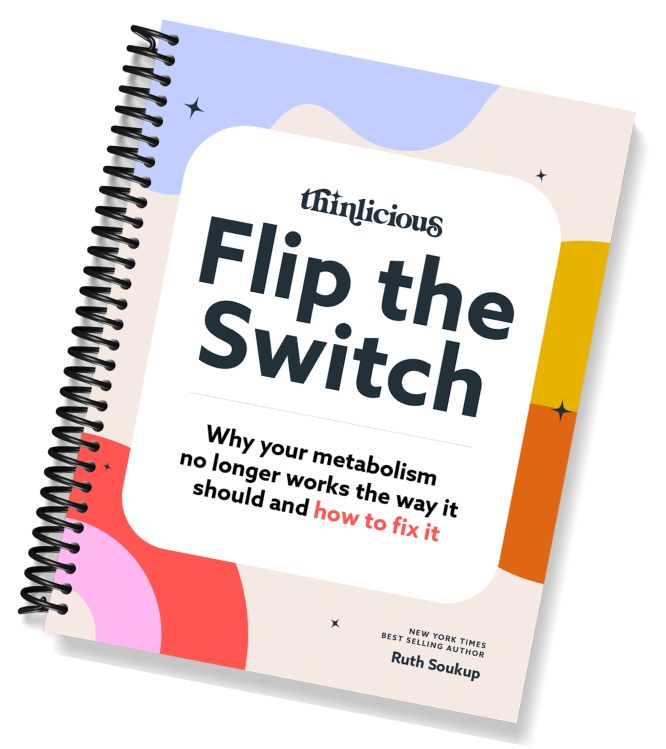

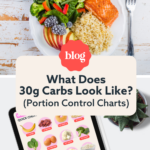
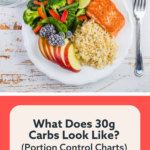
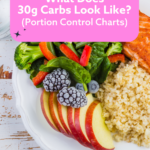
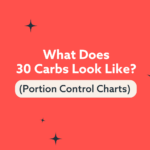
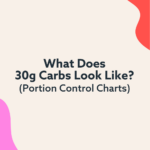
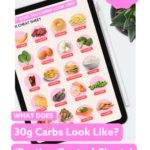
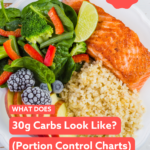
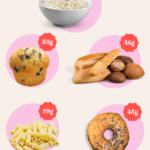
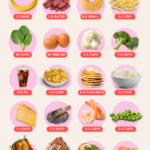
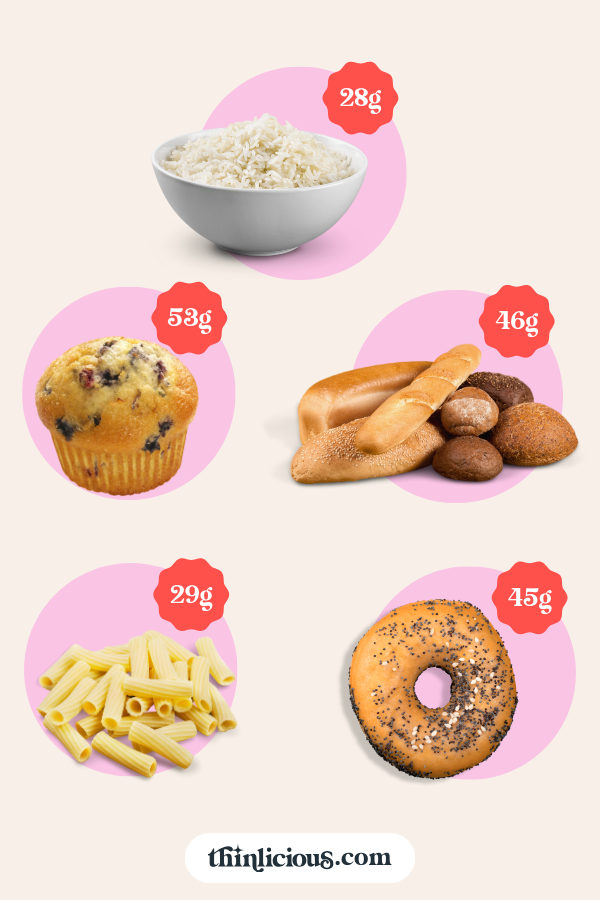
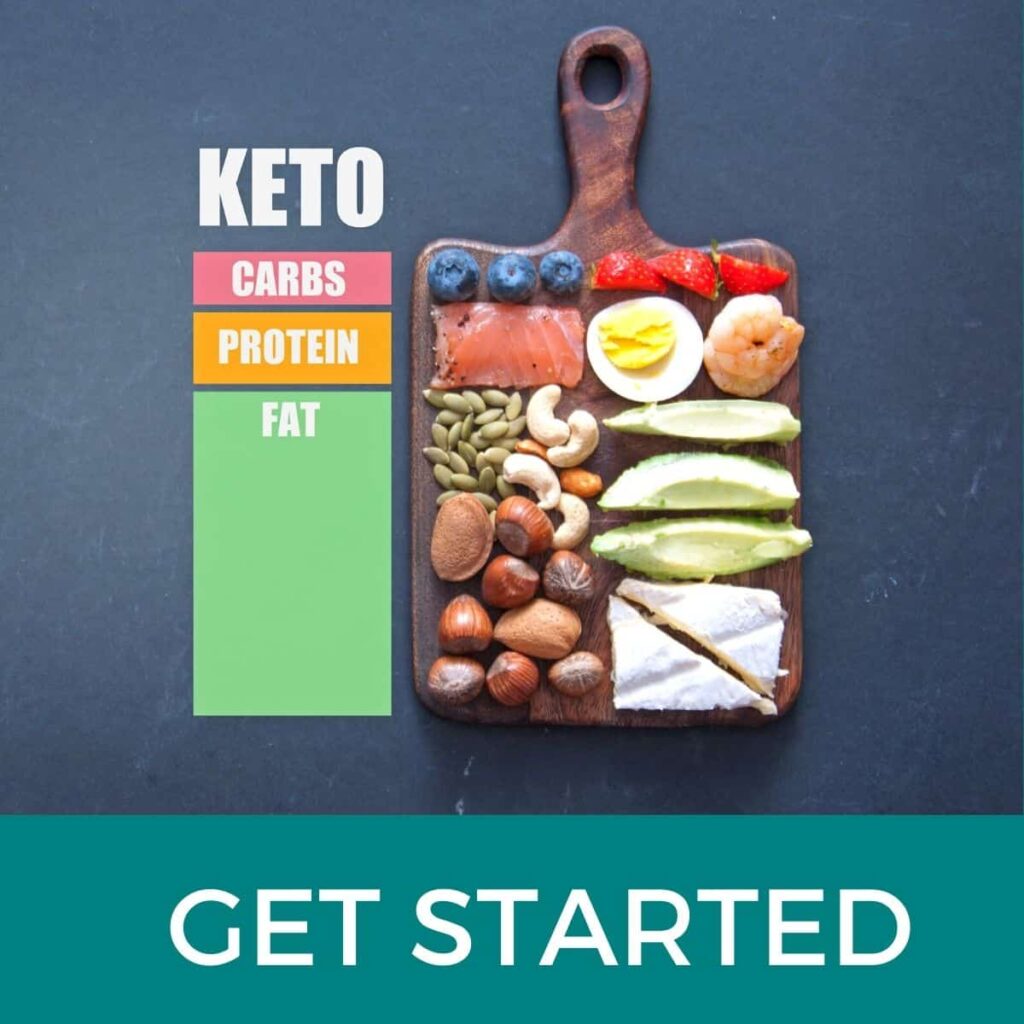
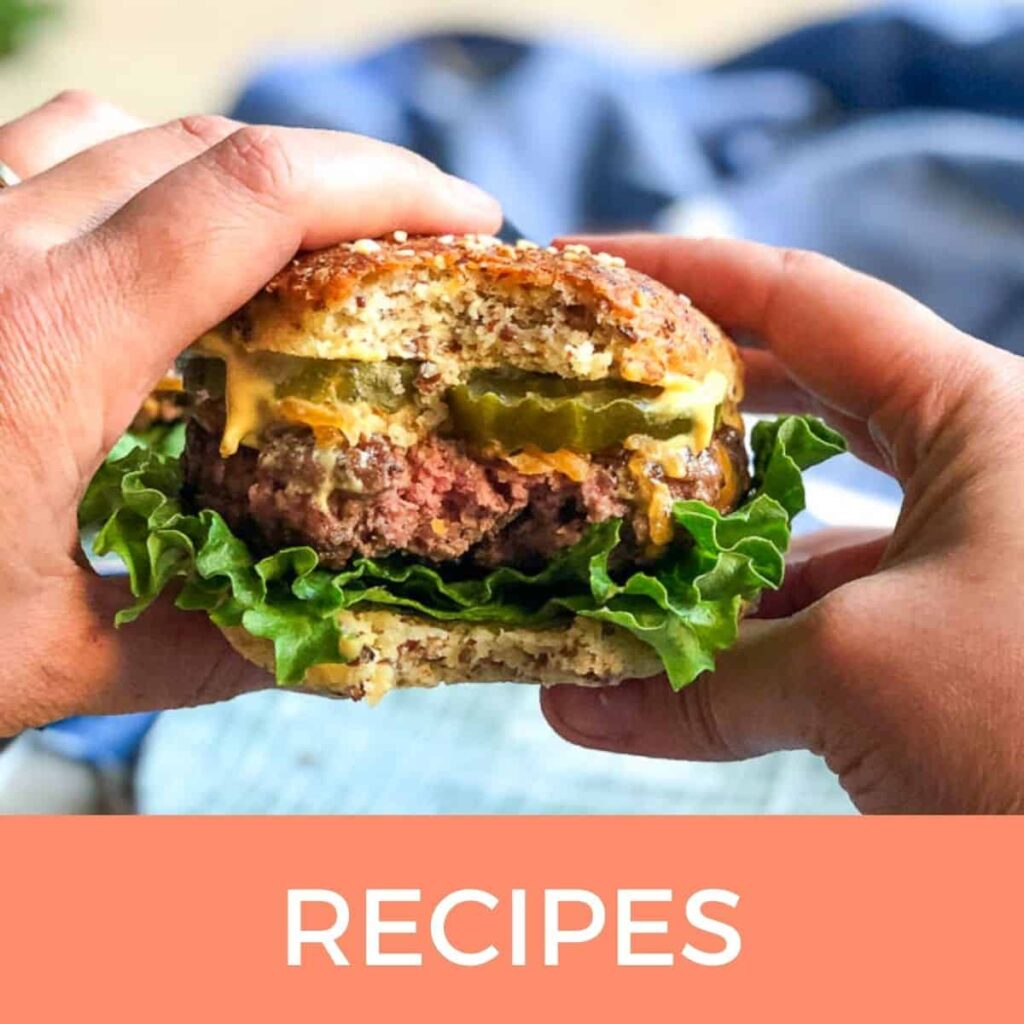
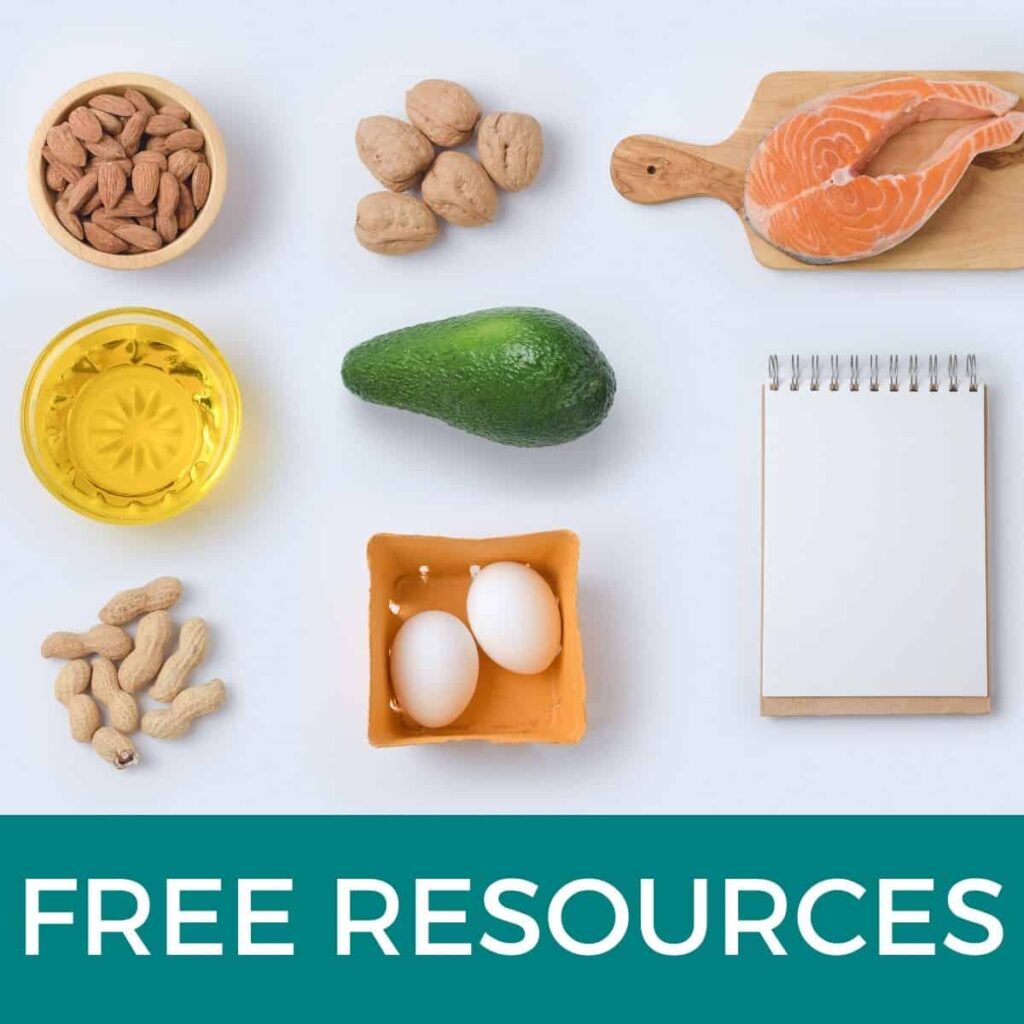
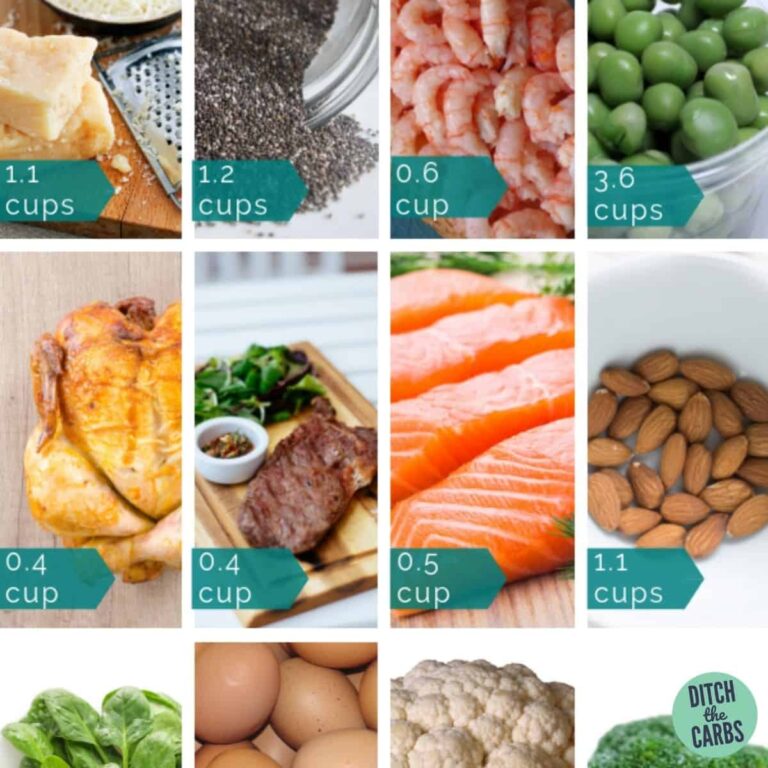

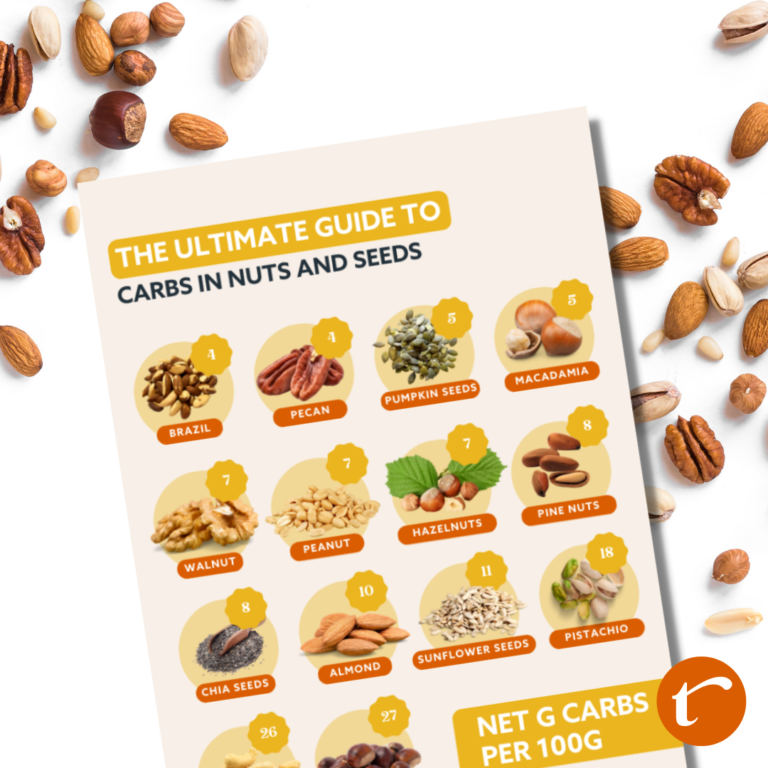
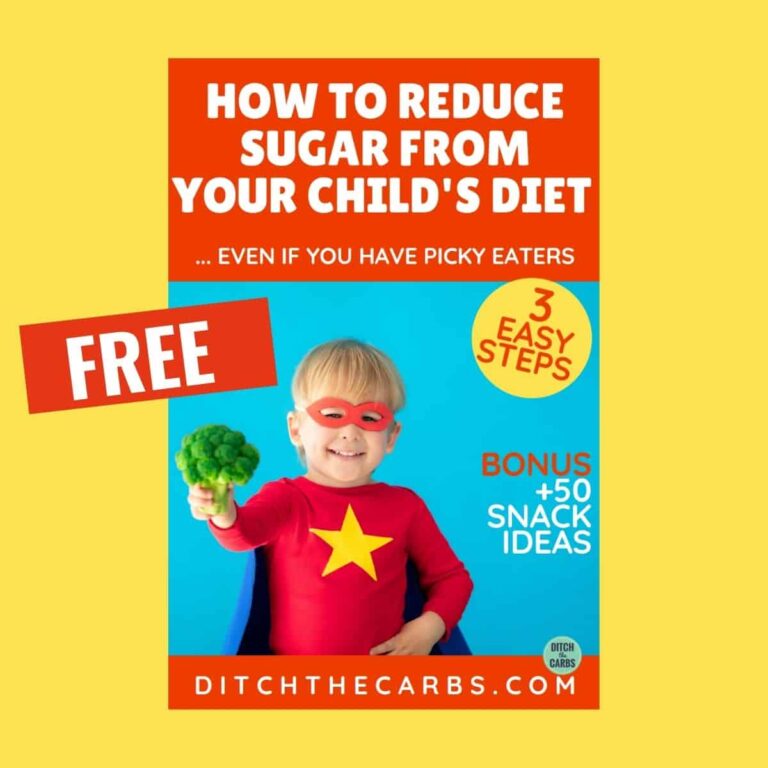
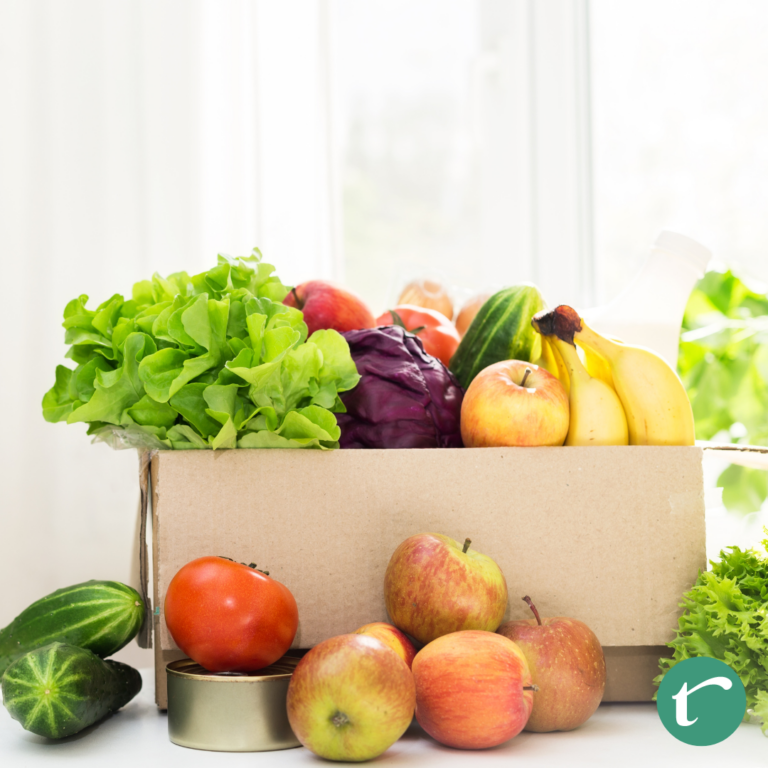
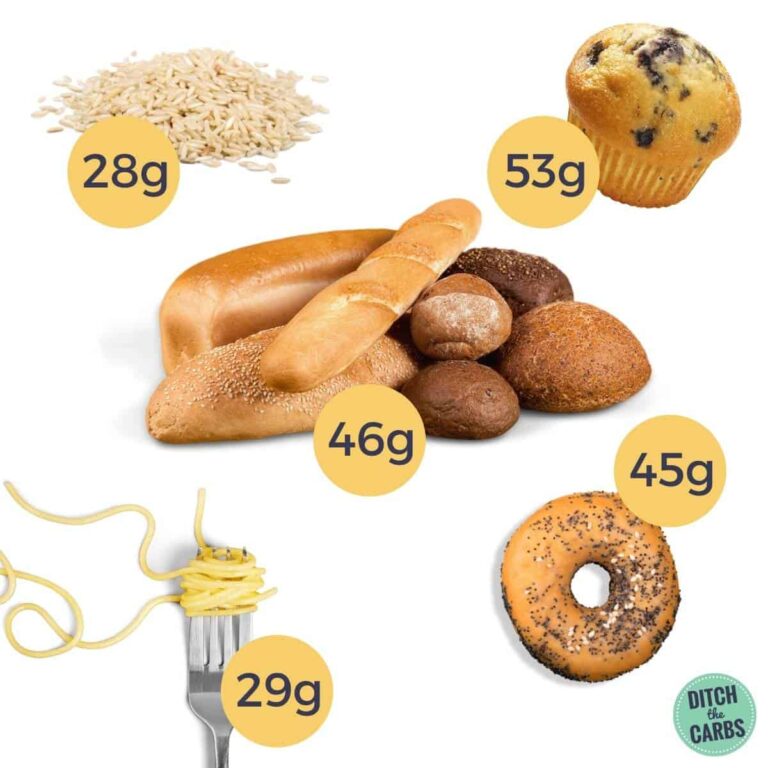
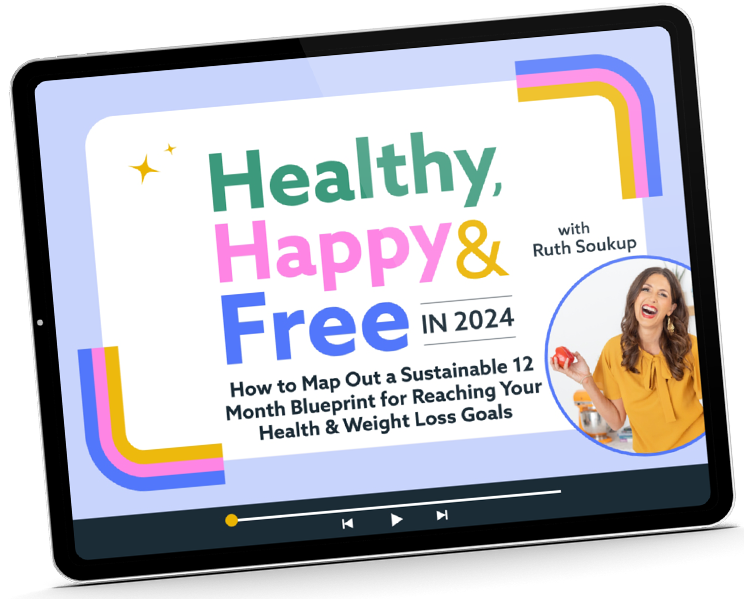
I would love to have you show what 30 g of carbs looks like in a single day’s low carb menu looks like, too.
This is 100% what I’m looking for as well.
Booooooooooooooo. Carbs are necessary. Many people have adverse side effects to keto. Concentrate on active living more than how many carbs.
You cannot run yourself out of a bad diet. BMJ article.
Athletic- it’s not a NO carb diet- it’s a low carb SELECTIVE carb diet. No one is saying that carbs aren’t necessary….but, carbs are not essential to life. Essential fatty acids and Essential amino acids are. There are no essential carbs. But in order to enjoy and be healthy- plant carbs are included on a low carb or keto diet.
Many people have adverse side effects to the Standard American Diet– like disease. So Boooooo somewhere else.
there is no essential carb. Not one. The body needs three things….essential amino acids (protein), essential fatty acids (fat) and 1 tsp of glucose which can be made by the liver via the process called Gluconeogenesis (from eating protein). Carbs are NOT necessary what so ever.
There is no good sugar, grain or starchy diet. Seriously. The CDC recently stated that 12 percent of Americans have a normal metabolic system. That means 88 percent of Americans have some kind of metabolic derangement. I’d say that as long as sugar, grains, starches are promoted we will continue driving our population into insulin resistance and Diabetes will continue to grow in our sick society.
The problem in America is that you eat so much processed food. The mediterranean diet is extremely healthy and includes plenty of bread and pasta. Stop eating junk, do more exercise and you’ll be fine. It is beneficial to avoid carbs if you are insulin resistant, but otherwise, you can live 100 years by keeping active and consuming bread, pasta, cheese, fish, plenty of fresh fruit and vegetables, and even red wine.
Yes, carbs increase your blood sugar but most of the time you are not eating them by themselves. For example, a potato has a glycemic index of 96 yet when you add fat and protein to the potato (sour cream, bacon, etc) that GI number goes down. No one eats a potato by itself. Also your body needs carbs (even a little) to metabolize fat and protein correctly. It’s all about moderation!
You may wish to read this article “Everything in moderation is the worst advice”. Yes, you eat carbs and fat in combination = SAD, standard American diet, high carb AND high fat. This is also a great article for beginners to really explain the advantages of a lower-carb diet.
That advise may work for the general public, but for the insulin resistant, and diabetic, it can be deadly.
Though I agree with you in that there seems to be carbs in everything — its in the best interest of the diabetic to resist the temptation to include them daily. The current recommendation for diabetics is OMAD — grazing all day — 3 to 6 meals per day is a way to increase the need for insulin (drugs). Those who have beat Type 2 diabetes seem to have thrived on Intermittent Fasting and a KETO diet!
You’re hilarious and have a lot to learn but thanks for chiming in and showing your ignorance 😂😂
Please be kind!
I agree with you